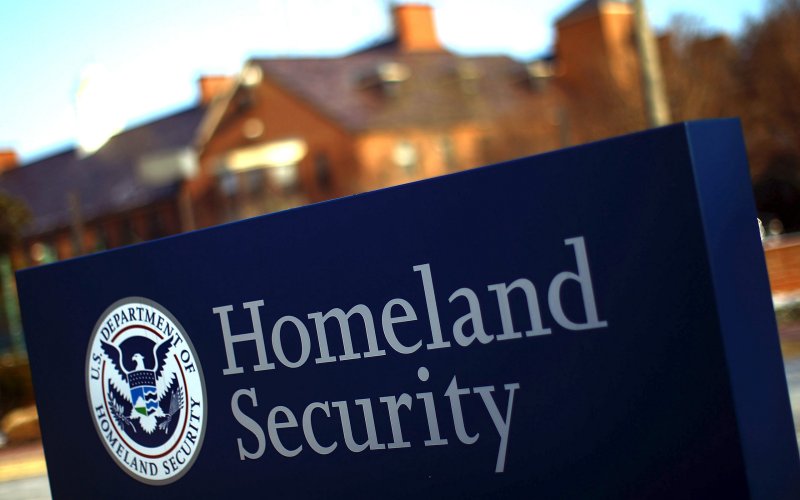
The Department of Homeland Security projects that arrests of migrants along the southern border will fall 25% this month, a drop that authorities attribute to a Mexican crackdown on Central American migrants and the expansion of an experimental Trump administration program that requires asylum seekers to wait outside U.S. territory for their immigration court hearings.
U.S. authorities detained more than 144,000 migrants in May, the highest total since 2006. After President Donald Trump threatened to impose tariffs on Mexican exports, the government of Andrés Manuel López Obrador agreed to deploy thousands of troops to intercept migrants, prevent illegal crossings from Mexico into the United States, and host more asylum seekers as they navigate the U.S. courts.
“It’s become clear that over the past three weeks, since the administration reached a new agreement with Mexico, that we’ve seen a substantial increase in the number of interdictions on the Mexican southern border, and a sincere effort to address the transportation networks coming through Mexico,” acting Secretary of Homeland Security Kevin McAleenan told reporters Friday in Washington.
McAleenan praised lawmakers for providing $4.6 billion in supplemental funds for border initiatives – a rare bipartisan border agreement reached Thursday – and he said the money immediately would be applied to improve conditions in overcrowded processing centers and detention facilities along the southern border.
Border crossings typically decline during the peak summer months, but a 25% drop would exceed the decline recorded last year, which was about 17% from May to June 2018.
Even with the drop, McAleenan said a 25% decline was “not acceptable,” as U.S. authorities were hoping for a far greater impact from the new efforts to keep people away from the border. DHS authorities said they would not get a fuller picture of the results of Mexico’s efforts for several more weeks.
“In terms of when we’re going to know if these efforts in Mexico are making an impact, I think these three weeks have demonstrated that they are already,” McAleenan said. “That 25% decrease in June is more than we’ve seen in past years.”
McAleenan also said that historic seasonal patterns were less relevant to current migration trends. He and other administration officials say some of the influx is related to deficiencies in U.S. immigration laws and “loopholes” that generally allow adults who arrive with children to avoid detention and deportation.
“It’s more about the pull factors in my experience than traditional weather or agricultural or seasonal workers, this is a different situation,” he said, calling for further action from lawmakers to tighten U.S. regulations. “So I think we’re going to know basically by mid-July and certainly by the end of July whether these efforts are sustained and having a significant impact.”
The U.S. program of keeping people in Mexico as they await their asylum hearings, known as “Remain in Mexico” or the Migrant Protection Protocols, has come under federal court challenge. While U.S. authorities have been expanding it, sending thousands of people back into Mexico after their arrival across the U.S. border, the Ninth Circuit Court of Appeals in California is weighing the program’s legality.
(c) 2019, The Washington Post · Nick Miroff, Maria Sacchetti
{Matzav.com}











